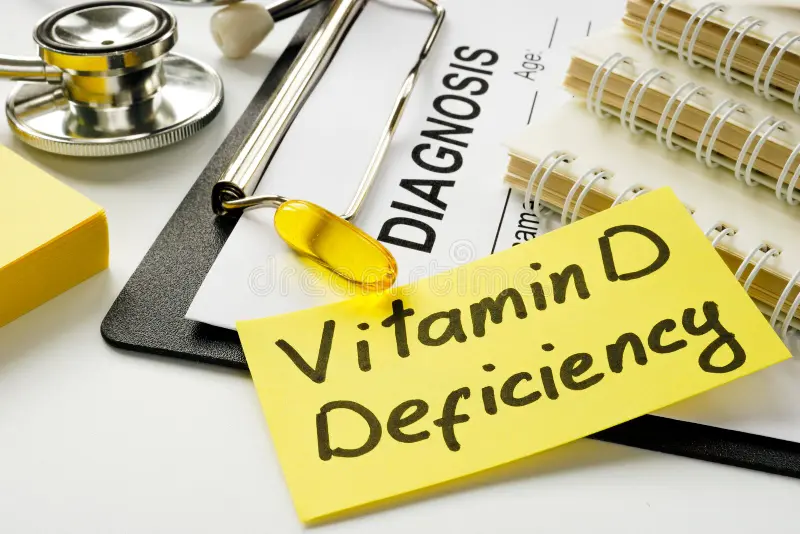Understanding the signs and symptoms of Vitamin D deficiency is crucial for maintaining overall health. This condition often goes unnoticed but can affect bone strength, immunity, and energy levels. In this guide, we’ll explore the most common indicators, health risks, and when to seek professional advice.
Fatigue and Low Energy: A Key Sign of Vitamin D Deficiency
One of the early signs of Vitamin D deficiency is persistent fatigue. Even after a full night’s rest, individuals may feel sluggish or mentally foggy. This occurs because Vitamin D plays a key role in mitochondrial function, which impacts energy production.
Frequent Illness and Weakened Immunity
Vitamin D helps regulate the immune system. People with a deficiency often report frequent colds, infections, or respiratory issues. If you’re falling sick more than usual, it may be due to low Vitamin D levels.
Bone Pain and Muscle Weakness
Vitamin D is essential for calcium absorption. Its deficiency may lead to:
- Achy bones, especially in the lower back and legs
- Muscle cramps or weakness
- Difficulty climbing stairs or getting up from a chair
These symptoms mimic other conditions, so they’re often misdiagnosed.
Mood Changes and Depression
A surprising but well-documented symptom of Vitamin D deficiency is mood disturbance. Studies link low Vitamin D levels to:
- Irritability
- Anxiety
- Seasonal Affective Disorder (SAD)
- Clinical depression
This is due to Vitamin D’s role in serotonin production, the “feel-good” neurotransmitter.
Hair Thinning and Hair Loss
Hair loss can also signal Vitamin D deficiency. While it’s normal to lose some hair daily, increased shedding or thinning—especially in women—could point to a deficiency, particularly when combined with fatigue or bone pain.
Slow Wound Healing
If cuts, bruises, or surgical wounds heal slowly, it might be because of low Vitamin D. This nutrient influences inflammation control and new cell formation, both vital for skin recovery.
Bone Fractures and Risk of Osteoporosis
Long-term Vitamin D deficiency weakens bones. Elderly people with low levels are at greater risk for:
- Fractures from minor falls
- Loss of bone density (osteopenia or osteoporosis)
- Postural issues or stooped spine
Digestive Disorders Linked with Vitamin D Deficiency
People with Crohn’s disease, celiac disease, or other malabsorption issues are more prone to deficiency. Signs may include:
- Diarrhea
- Bloating
- Nutrient deficiencies (iron, calcium)
If you have these conditions, Vitamin D levels should be monitored regularly.
Poor Sleep and Insomnia
Emerging research suggests Vitamin D deficiency may impact sleep quality. People with low levels often report:
- Trouble falling asleep
- Frequent waking at night
- Daytime drowsiness
Vitamin D influences melatonin production, a hormone critical to sleep cycles.
When to Get Tested for Vitamin D Levels
Consult your doctor if you experience several of these symptoms. A simple blood test (25-hydroxyvitamin D) measures your level:
- Below 20 ng/mL: Deficient
- 20–30 ng/mL: Insufficient
- 30–50 ng/mL: Adequate
Supplements, sun exposure, and dietary changes can help restore optimal levels.
Final Thoughts on Signs and Symptoms of Vitamin D Deficiency
Identifying the signs and symptoms of Vitamin D deficiency early can prevent serious long-term health problems. From low energy to weakened bones, the signs are diverse but manageable. If you suspect a deficiency, get tested and talk to a healthcare provider about treatment options.
Read More: Best Multivitamins in Pakistan Under 1000



2 Comments
Pingback: Signs and Symptoms of Vitamin A Deficiency - Media Bites
Pingback: Osteoporosis in Women: Causes, Symptoms & Treatment Guide - Media Bites